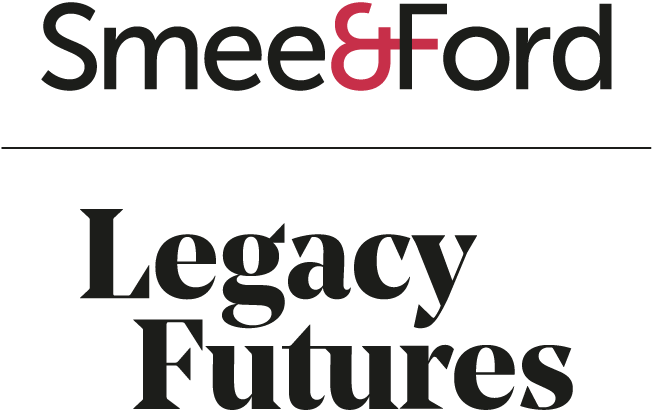Now that Q2 is underway, in this latest Legacy Limelight article our experts and legacy sector professionals share their insights into what the rest of 2025 might have in store.
As the legacy sector faces an ever-changing landscape, 2025 presents both challenges and opportunities for charities striving to strengthen their fundraising strategies.
In this insightful Q&A, our in-house experts and sector partners share their predictions for the year ahead, shedding light on emerging trends and strategies that will shape the future of legacy giving.
From collaborative approaches between charities to the growing influence of digital tools and AI, the conversation offers invaluable insights on how organisations can ensure their legacy campaigns are not only effective but resonate with a rapidly evolving market. Join us as we explore what’s next for legacy fundraising and how charities can adapt to the shifting tides of donor behaviour, economic pressures, and technological advancements.

